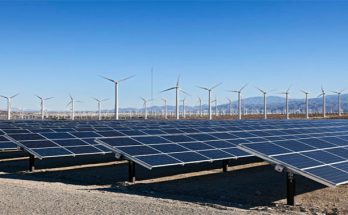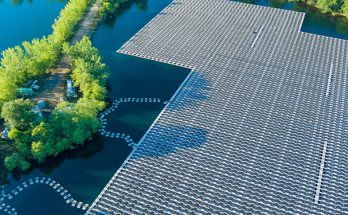 Chariot Oil & Gas is enclosed on its near-term work engagements but to go ahead it must sign up partners for its various projects. The company has opportunities ranging from a near-term gas development project, Anchois, in Morocco, to much greater plans for deepwater exploration targeting hundreds of millions of barrels.
Chariot Oil & Gas is enclosed on its near-term work engagements but to go ahead it must sign up partners for its various projects. The company has opportunities ranging from a near-term gas development project, Anchois, in Morocco, to much greater plans for deepwater exploration targeting hundreds of millions of barrels.
Chariot’s CEO Larry Bottomley said “Our cash position extensively exceeds our commitments and, with the significant interest earned in our data rooms, we are confident about our ability to achieve on our near-term goals in Morocco. At the same time, we stay careful to further new venture opportunities that can further de-risk the portfolio while also looking to secure additional partners to deliver wells in a fast follower position on our Namibian and Brazilian assets,” Chariot has $12.1 million in cash, with no debt, while work commitments are around $1mn.
The Lixus Offshore licence, in Morocco, holds the Anchois discovery. Chariot was awarded the licence in April, saying at the time the well was believed to hold 307 billion cubic feet of gas on a 2C contingent resource basis. It is believed to be further possibilities in a deeper target, of 116 bcf, with another five prospects in the area holding a prospective resource of 1.2 trillion cubic feet, according to Netherland Sewell & Associates Inc. (NSAI).
The company has unlocked a data room on the project and reported “significant” interest. An environmental impact assessment (EIA) has started on appraising Anchois, with drilling potentially starting in 2020.
Two prospects have been noticed in Morocco, the MOH-B and KEN-A, with gross mean prospective resources assessed at 637 million barrels and 445mn barrels respectively. In Brazil, Chariot aims to bring in a partner for its Prospect 1, which have gross mean prospective resources of 911mn barrels. As far as in Namibia, three prospects have been identified, potentially holding 284 to 469mn barrels. Development work is warming up again in Namibia, with Total planning to drill the Venus well shortly. No commercial finds have yet been made in the country but it is considered to be under Research.



